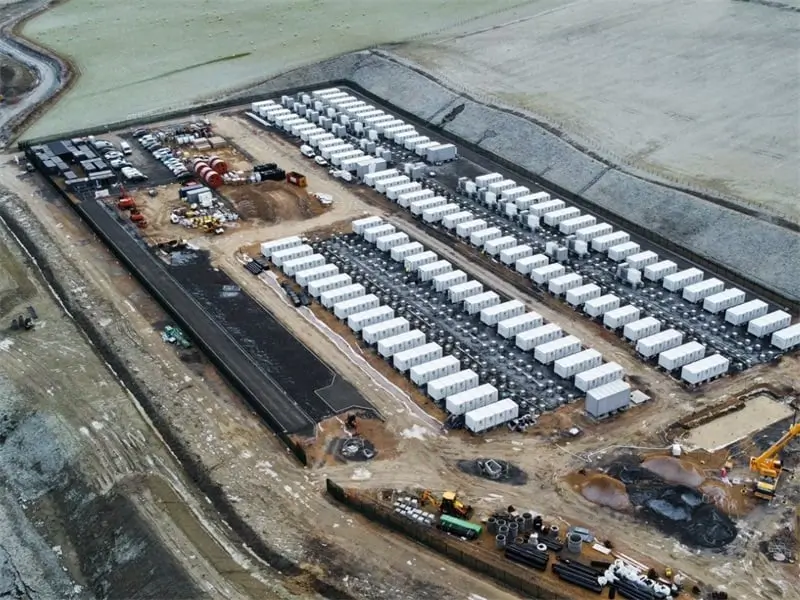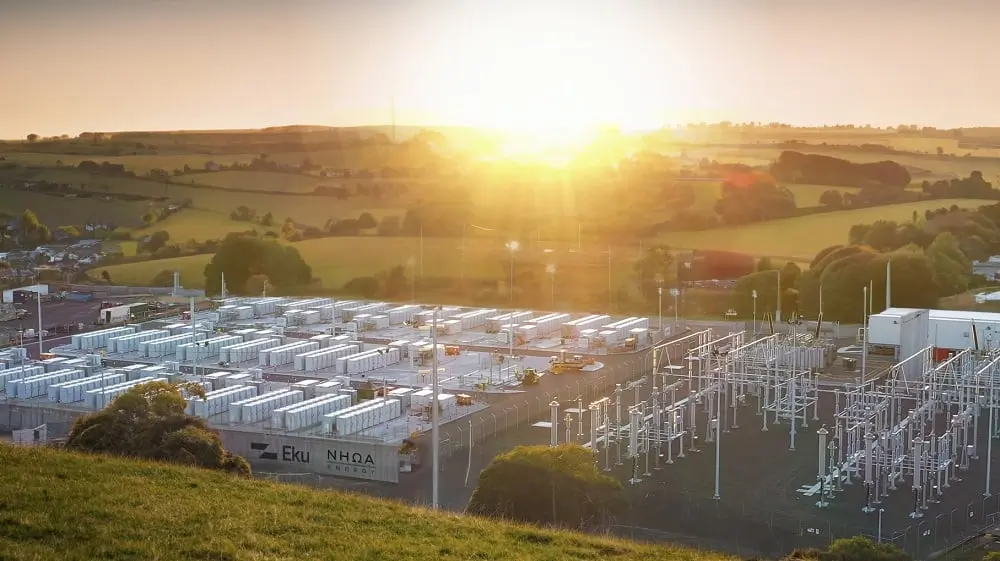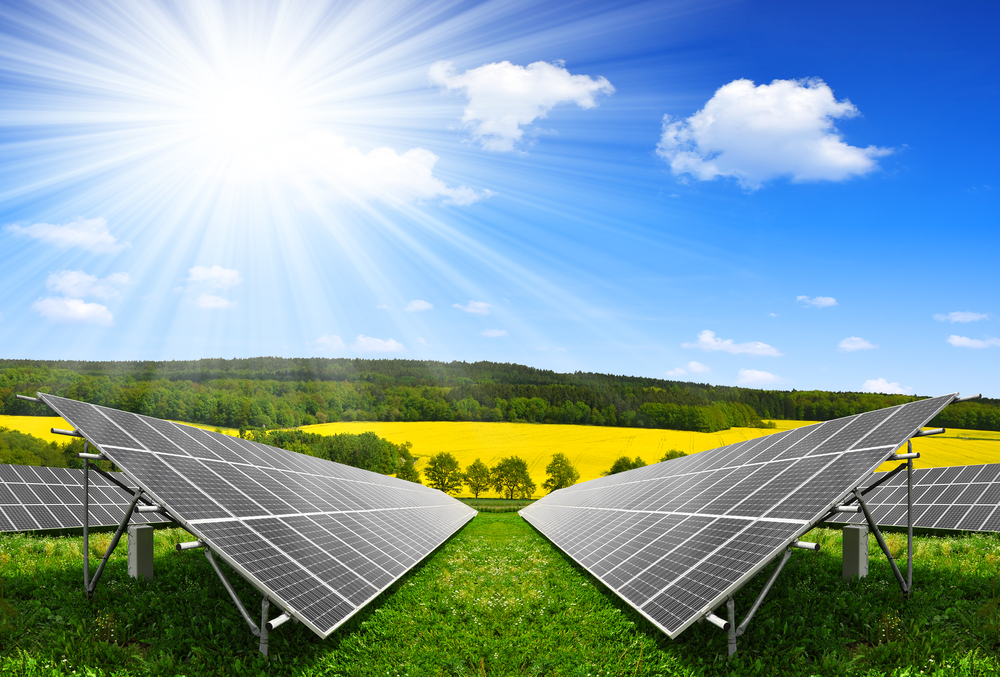Researchers from the Lawrence Berkeley National Laboratory, funded by the US Department of Energy, have uncovered vast lithium reserves beneath California’s Salton Sea. The geothermal reservoir is estimated to contain 18 million metric tons of lithium, with 4 million tons confirmed through drilling.
Abundant Lithium Resource and Sustainable Extraction Methods
The recently released report, “Characterizing the Geothermal Lithium Resource at the Salton Sea,” suggests that the geothermal brine in the Salton Sea could potentially supply lithium for 375 million electric vehicle (EV) batteries. Extraction from geothermal brine is considered less invasive compared to traditional mining methods.
Researchers emphasize the importance of finding commercially viable methods to extract lithium from the brine. This approach contrasts with the environmentally impactful methods used in other lithium-producing regions globally, such as hard rock mining in Australia or large evaporation pools in Latin America.
Transformative Potential for US Lithium Independence and Clean Energy Production
Michael McKibben, a geochemistry professor at the University of California, Riverside, describes the Salton Sea deposit as “one of the largest lithium brine deposits in the world.” If harnessed efficiently, it could make the United States self-sufficient in lithium, reducing dependency on imports from China.
Notably, the study highlights the dual benefit of lithium extraction from the Salton Sea, where the process also generates geothermal energy. The Salton Sea Geothermal Resource Area, with 400 MW of current capacity and potential for 2,950 MW, aligns with sustainable energy production for EVs.
Current Developments and Future Prospects
In a notable move, electric vehicle battery manufacturer Statevolt has acquired 135 acres near the Salton Sea to build a 54 GWh lithium-ion battery gigafactory. With the capacity to power 650,000 electric vehicles annually, this development marks a significant step toward leveraging the abundant lithium resources in California for the future of clean energy.
Source: pv-magazine.com





